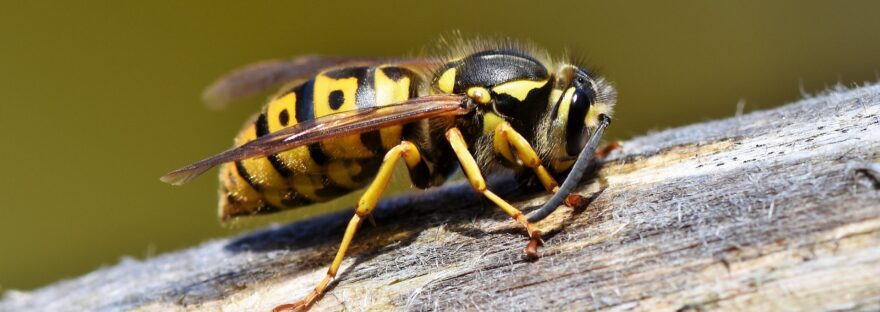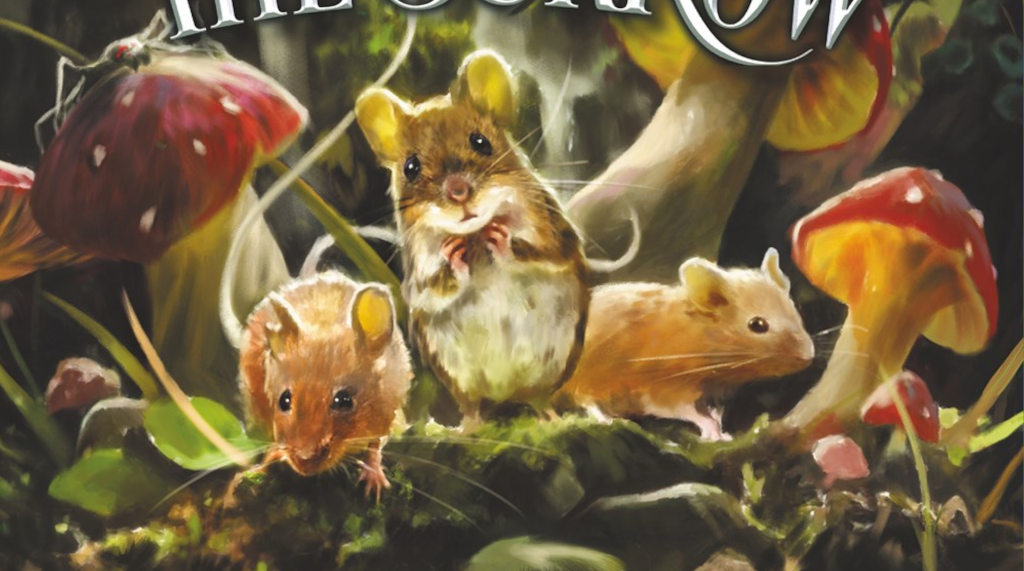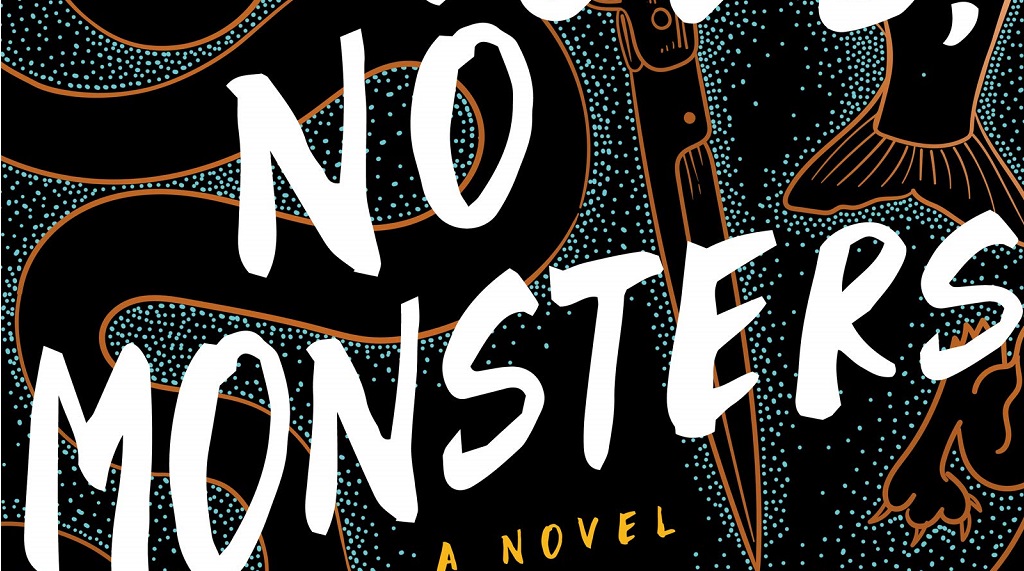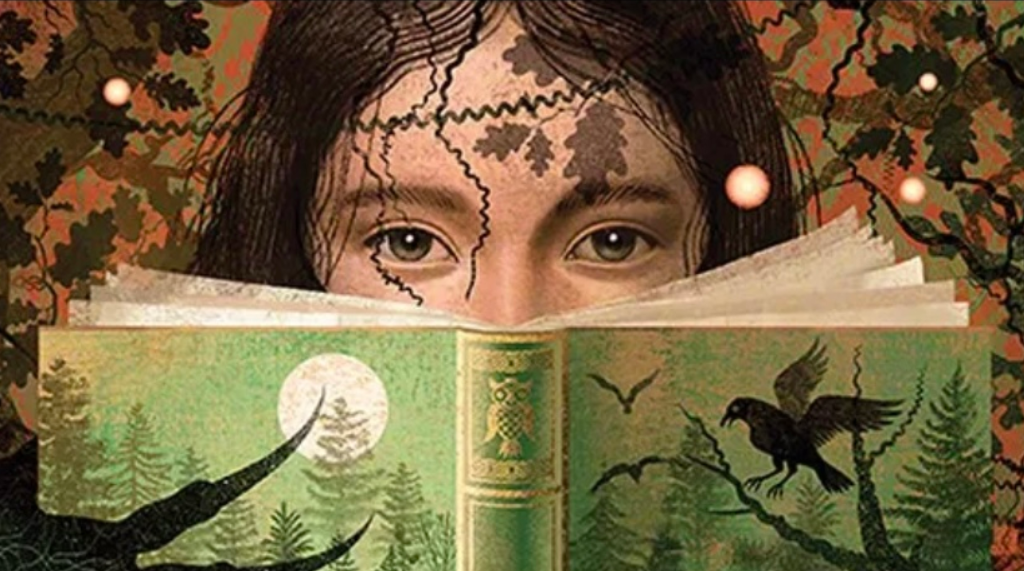The elders told Starphira that the sun was a guardian, created by the Queen to keep the Frost at bay. But, like all of her creations, it too is subject to death. The life of the sun is the shortest of all living things, for it can only survive a single work cycle. Then it succumbs to the will of the Frost and dies. When this happened, the light faded and the world became colder. It made Starphira’s body heavy and slow. The elders called it “torpor”. They said that it was only a taste of the full destruction the Frost would bring when the Hundred Years came to their close.
She wondered if death would feel like torpor. It numbed her mind and made the surrendering of her worn wings to its embrace almost pleasant. The world around her did not seem to matter as much. She did, however, find the visitations of beings that did not make vibrations disconcerting. Once she had been certain that Ariata had come to tell her something important… but then the new sun was born and the work cycle was restored. Ariata disappeared. Starphira found her again later and asked her what she had wanted to tell her. Ariata claimed to have been in a state of torpor herself throughout the darkness and denied ever having visited her. That was when Starphira learned that torpor plays tricks.
I read an article today about a college student who was researching if insects actually sleep. Since their brains are very different from ours, scientists can’t exactly measure the phenomenon by mammalian standards. Turns out this student’s test subject was none other than the paper wasp. I was intrigued. It states,
Currently, knowledge about sleep is basically limited to vertebrate mammals. The problem is that roughly 97 percent of the Earth’s species aren’t vertebrate mammals. With most mammals, an EEG (electroencephalogram), which monitors electrical activity in the brain, clearly shows neural patterns specific to the stages of sleep experienced by a monitored individual. However, EEGs are nearly impossible to use with insects, forcing researchers to take alternate measures to determine the presence of sleep.” As we share so much with other organisms, I wondered if we might find aspects of human sleep analogous or homologous to that of invertebrates, especially social insects,” Klein says. Critical to Klein’s study is the goal is to distinguish rest from sleep in the wasps.” By testing sleep ‘signs’ and repercussions when organisms are deprived of sleep, one might tap into the nature of why sleep exists,” Klein says.
— Aaron Farnsworth, Quiescent Paper Wasps – Do They Sleep?
I highly recommend checking out the full article, click here. It’s a very interesting read.




